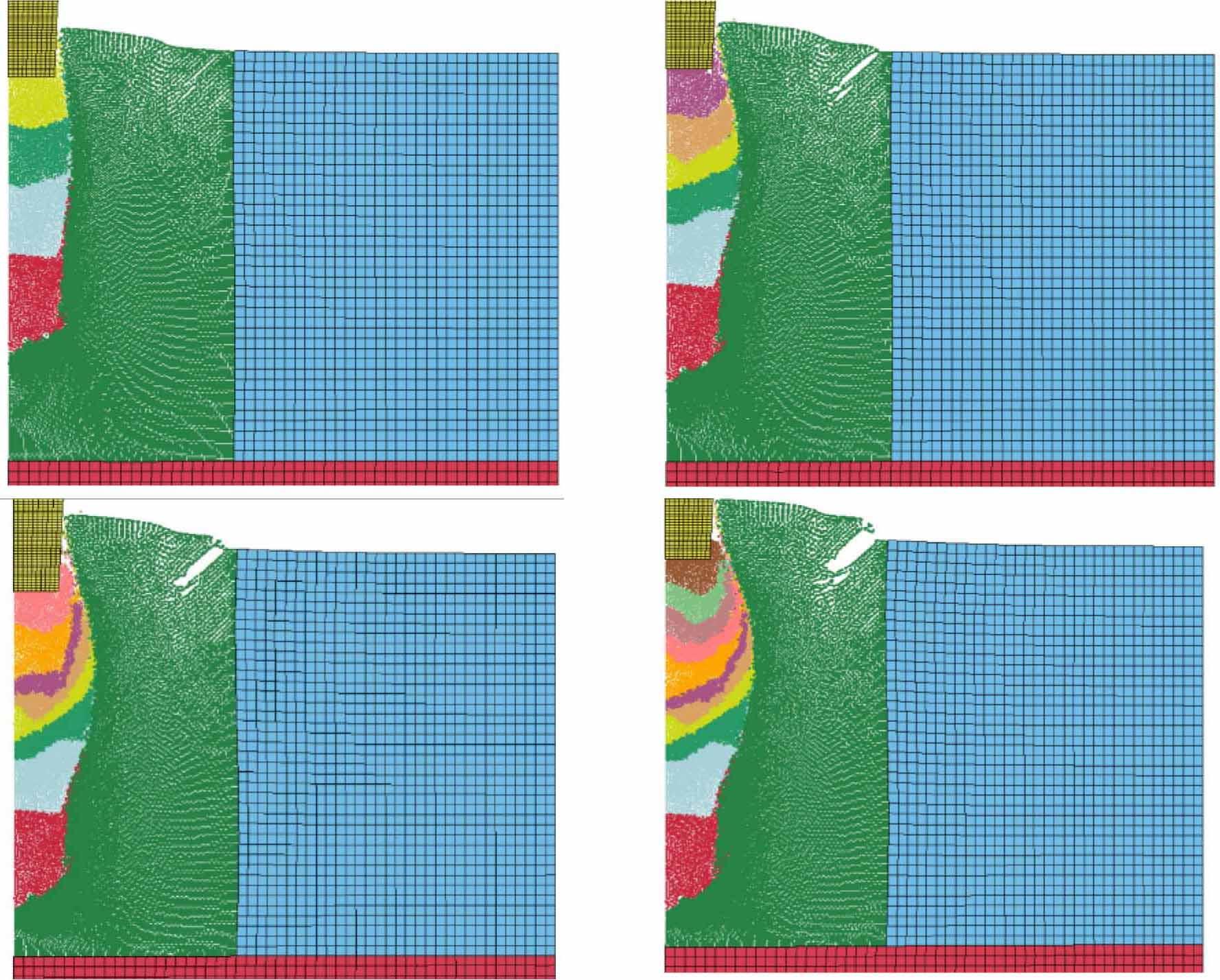Figure 1.

Figure 2.

Figure 3.

Figure 4.

Figure 5.

Figure 6.

Figure 7

Figure 8.

Figure 9

Figure10.

Figure 11.

Adopted constitutive models and their parameters
| Lp. | Kind | Constitutive model adopted | Model parameters |
|---|---|---|---|
| 1. | Pounder | 020-Rigid | E=210 GPa, ν=0.3, γ=74 kN/m3, |
| 2. | Base layer | 173-Mohr-Coulomb | G=41.7 MPa, ϕ=33, c=0 kPa, ν=0.2, γ=18 kN/m3 |
| 3. | Improved layer | 173-Mohr-Coulomb (Tresca criterion) | G=1.39 MPa, Su=10.2 kPa, ν=0.31, γ=18.7 kN/m3 |
| 4. | DR column aggregate | 173-Mohr-Coulomb | G=6.86 MPa, ϕ=47, c=0 kPa, ν=0.2, γ=18 kN/m3 |
| 5. | Pounder contact elements | Nd | FS=0.5 |